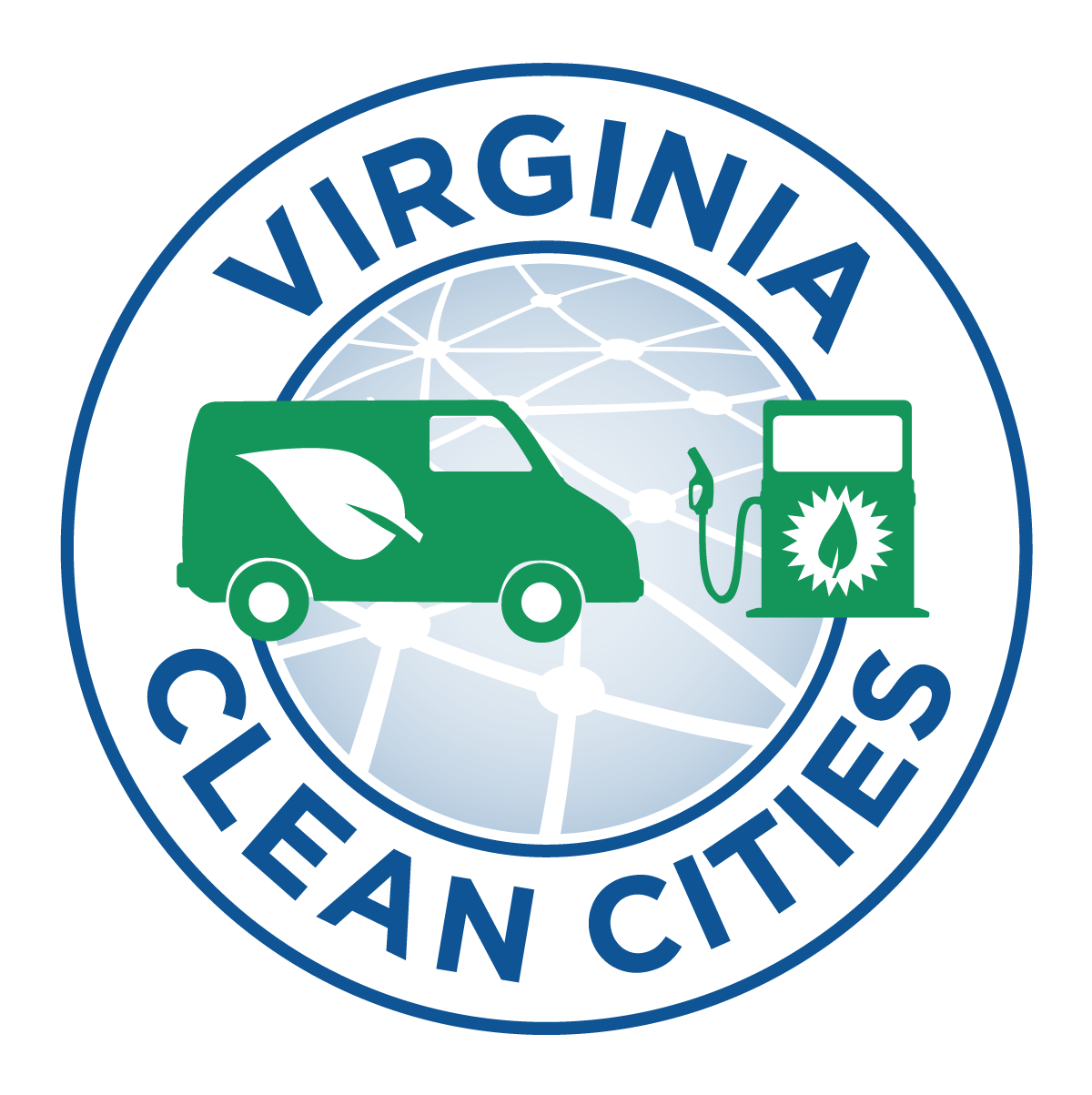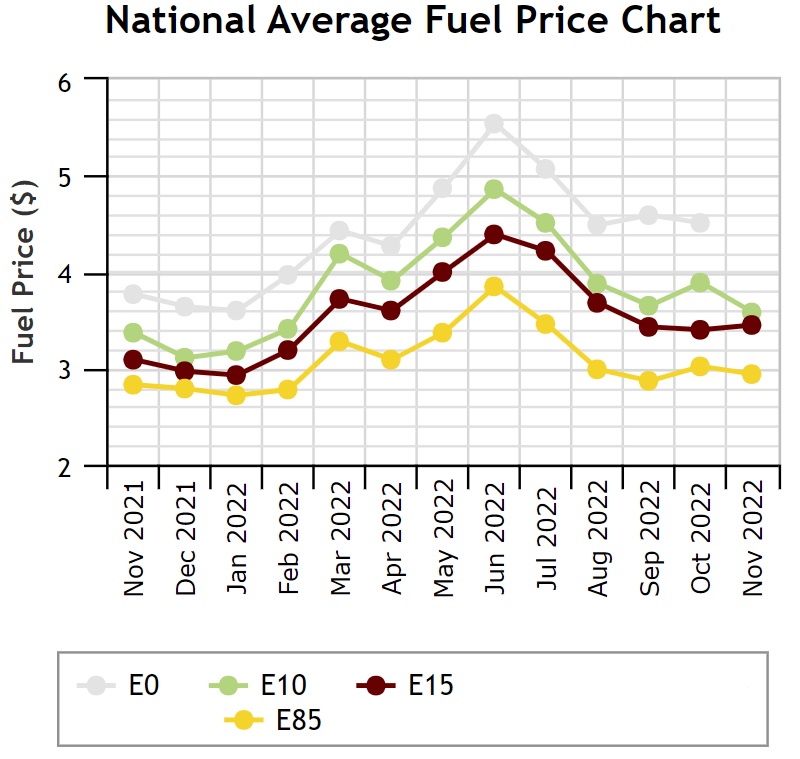
The US market has access to all kinds of fuel types including natural gas, electric, bio-diesel, and gasoline. Renewable ethanol-gasoline is especially prevalent in the United States, with there being a few different variations of the fuel. Most ethanol-gasoline mixtures are labeled starting with an E (Ethanol) followed by the percent of ethanol within the mixture. The most commonly sold version of this mixture is the E10 and E15 rated gasoline, which is what one finds at most gas stations. The next most common, and most relevant to this article, is the E85 gasoline, which is widely used in vehicles throughout Europe and reduces pollution while still maintaining engine efficiency.
The year 2022 has seen major variation in the average price of E10 fuel, going from $3.11 in January to its height in June at $4.66 a gallon. Fuel prices in the year 2022 jumped by nearly an entire dollar on average in February mainly due to the ongoing conflict in Ukraine and rapidly rising corporate profits in the US energy industry.
While gasoline-intensive fuels seem to have increased significantly in price during this period of energy insecurity, E85 has more or less waned the storm of these jolts to the gasoline economy through its high percentage of ethanol content. Even at the height of an international crisis in June, E85 only reached a peak of $3.96 per gallon on average in Virginia, meaning that it was 15% cheaper at the time than traditional E10 gasoline.
The expansion of E85 fueling stations through the work of the Mid-Atlantic Bio-Fuel Infrastructure project (2016-2019), which has built over 40 stations offering flex-fuel capable vehicles to ease the cost of travel, reduce pollution, and conserve gasoline reserves by encouraging the use of more ethanol content per gallon of gasoline. The expansion and growth of E85 stations has allowed drivers to use less gas, create less greenhouse gases, and keep gasoline prices from skyrocketing.
Prices at the pump fell as the United States found other sources of fuel, pushed for more public transportation, and released some of its strategic petroleum reserves to combat the rising costs of gasoline. This move has temporarily reduced prices of gasoline, but a long-term strategy for sustainable energy is needed if the United States is to maintain sanctions on Russia while keeping its fuel requirements met.


